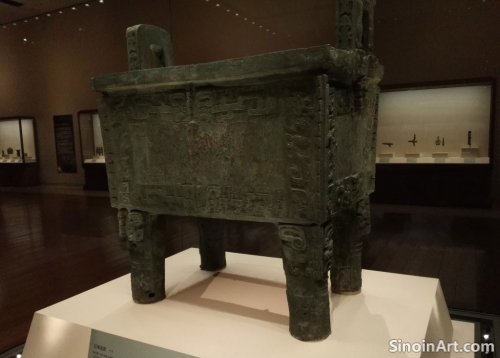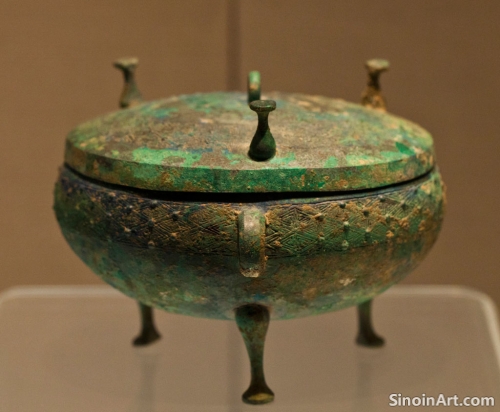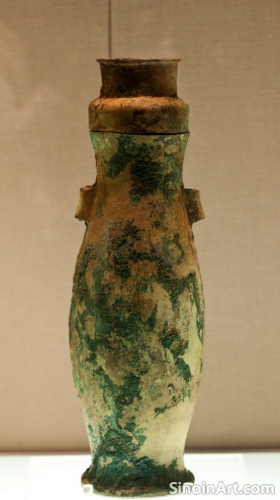Bronze Ware and the Development of Ancient Chinese Agriculture: Water Management and Irrigation Systems
|
While often discussed in relation to tools, bronze also played a critical role in developing large-scale water management systems, and these systems were essential to supporting ancient Chinese agriculture. The use of bronze in the production of pipes, valves, and other components helped to make agricultural production more efficient, more reliable, and more secure. The management of water resources through bronze technology was key to the growth and success of ancient China.  Bronze was used to create durable and precise components for dams, canals, and other irrigation systems, providing reliable mechanisms for controlling the flow of water. The careful design of these water management tools demonstrates a deep understanding of engineering principles. The use of these new technologies helped to increase both the productivity and reliability of water management systems.  Bronze was also used in the construction of water wheels and other hydraulic devices that helped to lift and distribute water across the land. The use of these bronze components helped to reduce the amount of manual labor involved in large-scale irrigation projects. The careful management of water resources made agriculture more stable and reliable.  The improved management of water resources helped to transform ancient Chinese agriculture, allowing for the expansion of cultivated land, the production of higher yields, and the growth of larger, more stable settlements. The increased productivity of agriculture helped to fuel both economic and population growth. The careful management of water also helped to solidify social and political structures. |
Tag : bronze irrigation, Chinese agriculture, ancient water control, hydraulic systems, farming tools
Related information
- The Use of Bronze in Ancient Chinese Textile Production: Tools and Decorative Elements
- The Role of Bronze in Ancient Chinese Agriculture: Tools, Irrigation, and Food Production
- The Preservation of Bronze Artifacts: Understanding the Chemistry of Corrosion and Deterioration
- The Evolution of Bronze Mirror Design: From Early Simplicity to Ornate Patterns and Narrative Scenes
- The Legacy of Zhou Dynasty Bronzes: Shaping Later Chinese Ritual and Culture
This article explores the use of bronze in ancient Chinese textile production, highlighting its role in creating tools like hooks and needles, decorative elements like buckles, and revealing the interplay of metalworking and textile craftsmanship.
This article explores the role of bronze in ancient Chinese agriculture, highlighting its use in creating more effective tools, developing irrigation systems, improving food processing, and its contribution to greater agricultural efficiency and economic development.
This article explores the chemistry of bronze corrosion and deterioration, highlighting the scientific principles behind conservation efforts, and the methods and techniques used to stabilize and preserve these artifacts for future generations.
This article explores the evolution of bronze mirror design in ancient China, highlighting the shift from simple forms to more complex designs, including the use of intricate patterns, symbolic imagery, and narrative scenes, demonstrating the interplay between art, technology, and cultural change.
This article explores the lasting legacy of Zhou Dynasty bronzes, highlighting their influence on later Chinese ritual practices, their impact on subsequent artistic designs, their role in the development of historical records, and their contribution to a continued reverence for tradition.